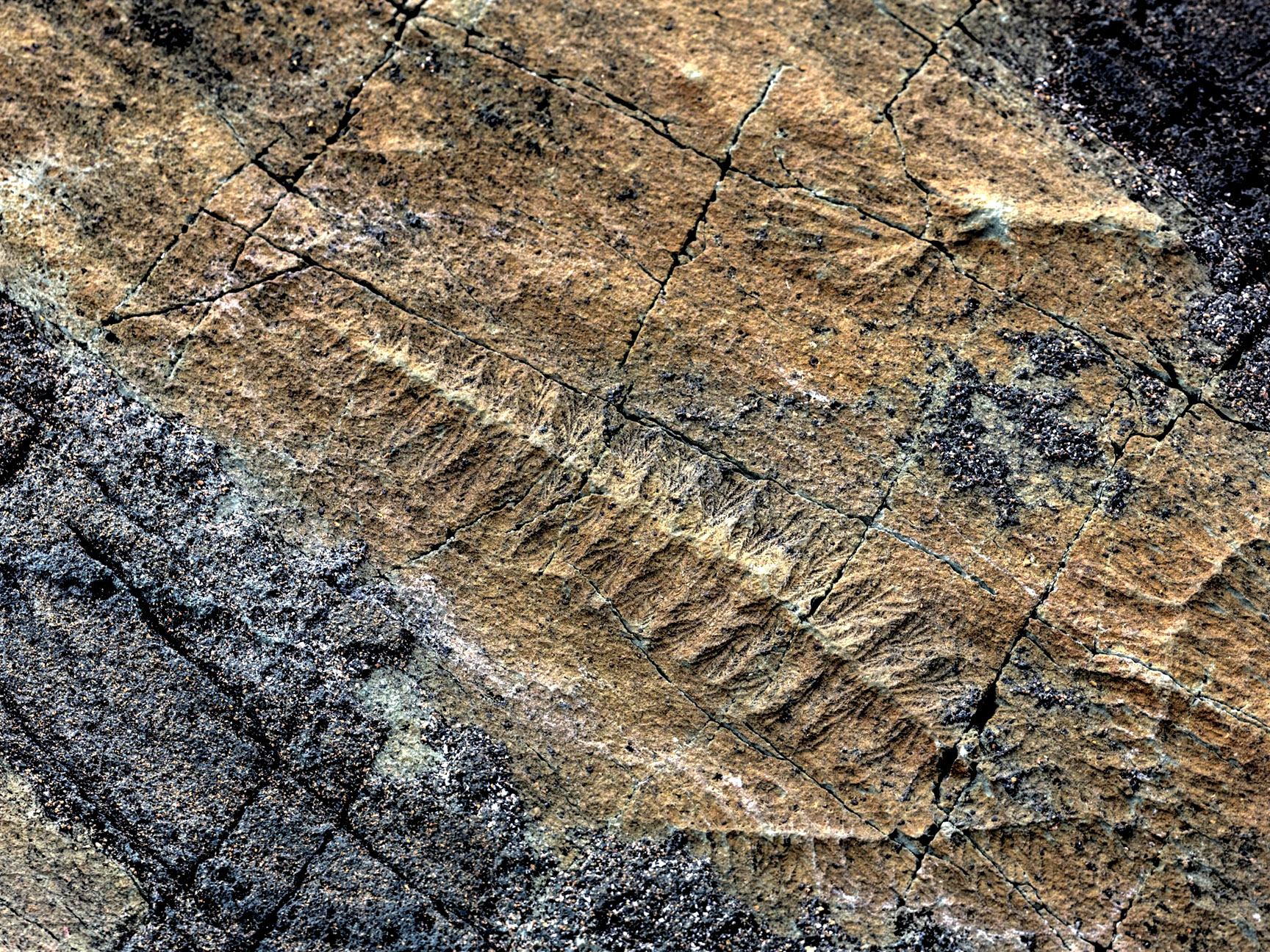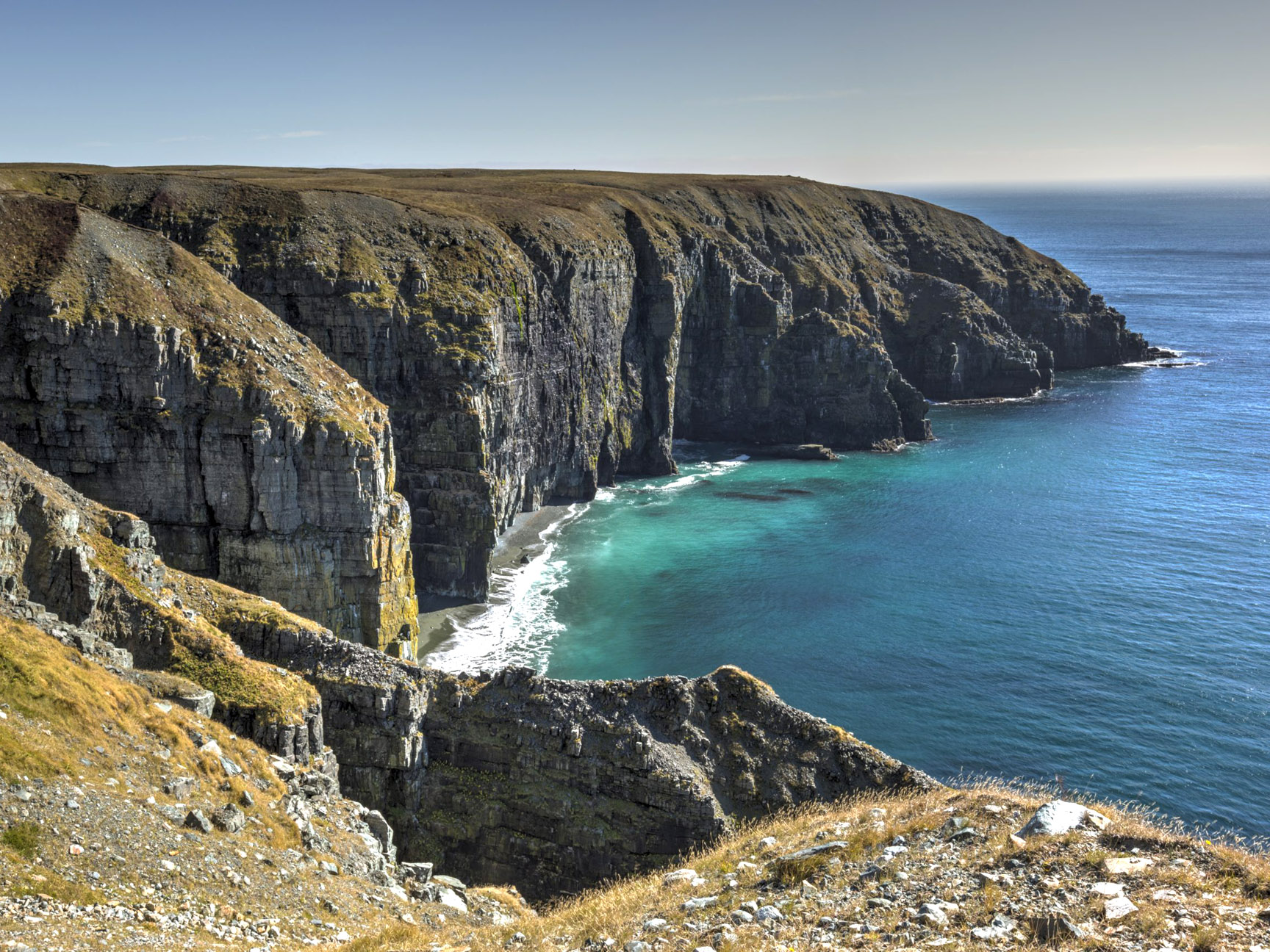Welcome to a place like no other. Here, you’ll find the world’s largest and oldest collection of biologically complex marine life fossils; an impeccably preserved “Pompeii” of over 10,000 fossils from a prehistoric ocean floor, locked away in stone for over 565 million years, before Pangaea and the Atlantic Ocean, when our planet was a very different world from the one we know today. Microbial life was abundant, with the first plants still 100 million years away. Pannotia, a short-lived supercontinent, had just begun to rift apart. The newly formed Iapetus Ocean was spreading between the barren continental landmasses, and for the first time in Earth’s complex and storied history, multicellular organisms were taking the stage on the seafloor.
Mistaken Point World Heritage Site
This was the Ediacaran – a period of dramatic geologic and biologic change. Here at Mistaken Point, these changes are recorded for us to explore in the rugged cliffs that mark the Newfoundland shoreline. Join us for a guided tour of the largest and finest example of Ediacaran macrofossils in the world, and step back through time to stand directly on the ancient seafloor, feeling these ancient wonders with your own hands.
When compared to other Ediacaran fossil sites around the globe, Mistaken Point is in a league all to itself. No other site offers researchers and visitors the spectacular, awe-inspiring experience of walking across a 565-million year old seafloor. The Ediacaran fossils found at Mistaken Point mark a pivotal moment in the evolution of life here on earth. Single-celled organisms first appear in the fossil record roughly 3.5 billion years ago (during the Archean eon), remaining as the dominant lifeform for almost 3 billion years.
The Mistaken Point fossil assemblage documents the first complex multicellular organisms in Earth’s history – a pivotal step towards animal, and subsequently, our own evolution. Remarkably preserved and easily accessible, the site is truly peerless, holding major scientific and cultural value of universal significance. This is truly the oldest, most exquisitely preserved, abundant and diverse assemblage of large fossils on the planet.






